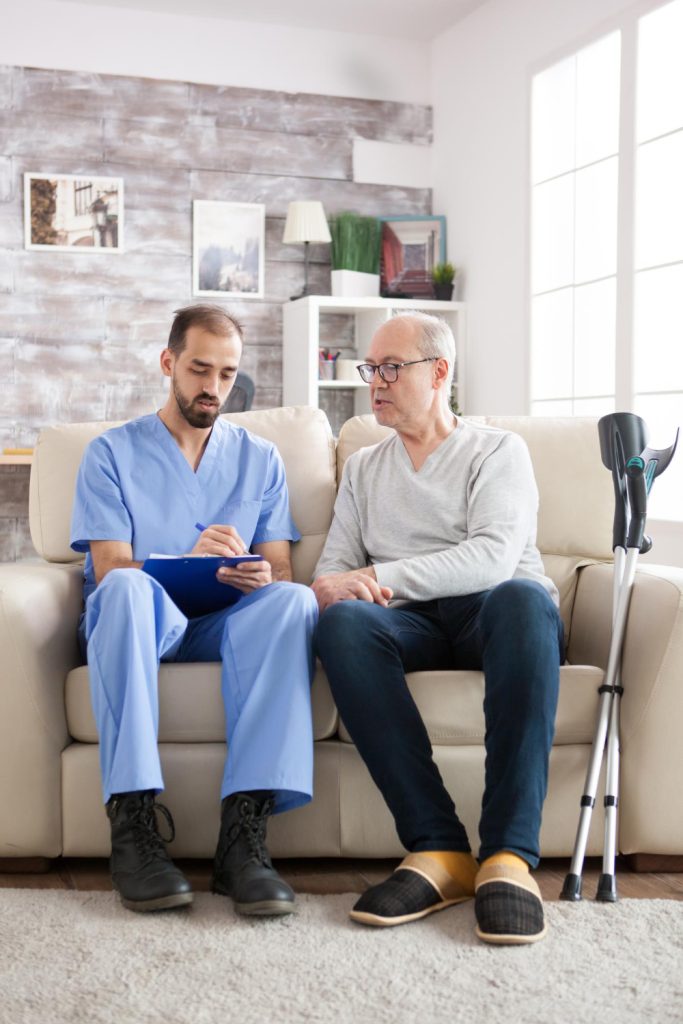Plantar fasciitis new treatment: a game-changing!
If you’ve ever experienced plantar fasciitis’ sharp, stabbing pain, you know how frustrating it can be. This common foot condition can make it difficult to walk, exercise, or even stand for long periods of time. However, there is hope on the horizon for plantar fasciitis sufferers. A Plantar fasciitis new treatment has emerged that shows promising results in reducing pain and promoting healing! We’ll explore this new treatment option and how it works to alleviate the symptoms of plantar fasciitis. What is plantar fasciitis? Plantar fasciitis is a common condition that causes pain and discomfort in the heel and bottom of the foot. An inflammation of the plantar fascia, a thick band of tissue that runs along the bottom of the foot, causes it. Find out more about plantar fasciitis. Plantar fasciitis new treatment: what is it? This novel treatment involves the use of extracorporeal shockwave therapy (ESWT), a non-invasive procedure that uses shockwaves to stimulate the body’s natural healing response. In this therapy, shockwaves help break up scar tissue, reduce inflammation, and promote the growth of new blood vessels. Studies have shown that ESWT can be an effective treatment for plantar fasciitis, with many patients experiencing significant pain relief and improved function after the procedure. ESWT is a relatively safe and non-invasive procedure, with few reported side effects. However, it is important to note that it may not be suitable for everyone, and individuals with certain medical conditions, such as blood disorders or nerve damage, may not be eligible for the procedure. Plantar fasciitis new treatment can make a significant difference in the management of this condition. Is there another treatment available? In addition to ESWT, there are several other treatment options available for plantar fasciitis. These include: Rest and ice: Resting the affected foot and applying ice to the area can help reduce pain and inflammation. Stretching: Stretching exercises help improve flexibility and reduce tension in the plantar fascia. Orthotics: Custom-made shoe inserts can provide support and cushioning for the feet, which help reduce pain and promote healing. Physical therapy: A physical therapist can design an exercise program to help improve strength, flexibility, and range of motion in the affected foot. With the right treatment, most people with plantar fasciitis are able to recover and return to their normal activities without pain or discomfort. Visit Health and style medical center to consult a doctor to get your health back on track!
Plantar fasciitis new treatment: a game-changing! Read More »





